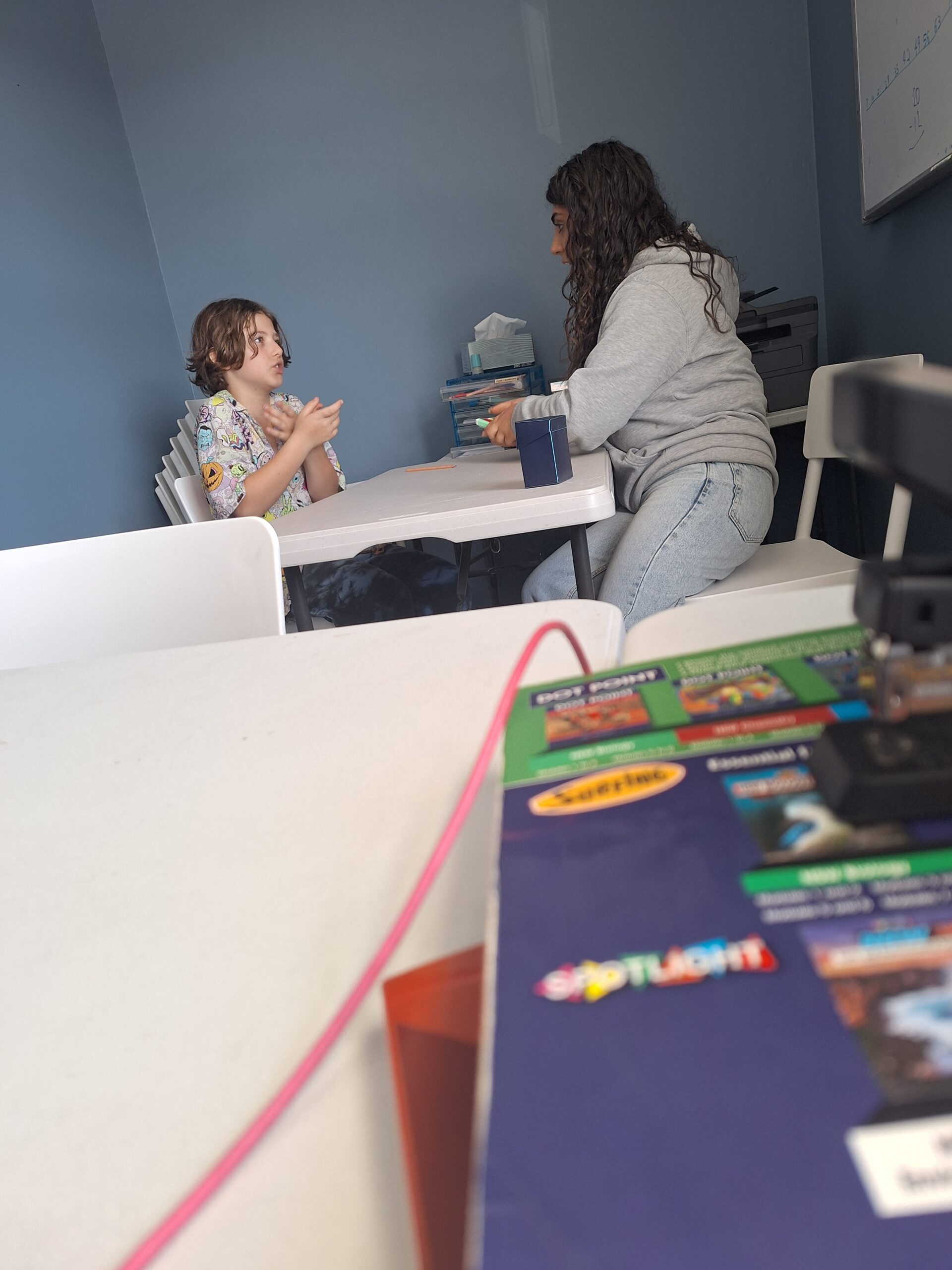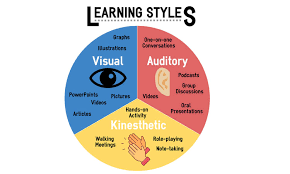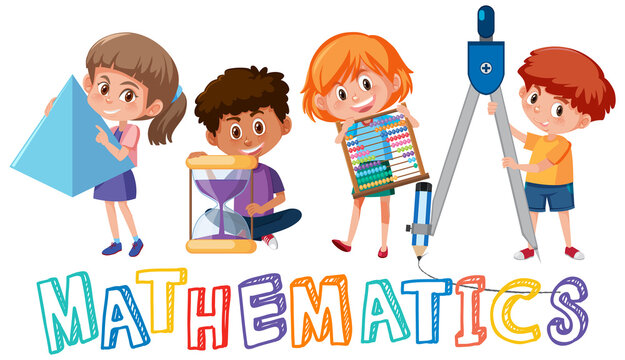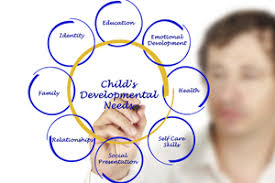
Observation of Daniella with Charlie, Yr 4 student.
Daniella began asking Charlie what he had to work on during the week. Charlie mentined he had to complete a 1 minute speech on “The Annunciation” in Christianity.
They began by researching the topic together, and Daniella dictated the beginning of the story to Charlie, testing his spelling, grammar and vocabulary on the way as he constructed the piece of writing.
Charlie had alot of energy, and was distracted easily. Daniella did an amazing job of ensuring Charlie stayed on track, while keeping a positive atmosphere.
Charlie practiced reading and reciting the speech from memory while Daniella timed him, both suggesting edits and adjustments to make. Daniella was excellent at both guiding Charlie with the changes he should make, while also allowing him to make decisions on his own. She showed a great balance at affirming Charlies thoughts and word choices, and also adding words and phrases to strengthen Charlies vocabulary.
Halfway through the lesson, Daniella pivoted to doing some Maths tutoring. Charlie was vehemently opposed to Maths, exclaiming it was his least favourable subject.
They focused on simplifying fractions by applying concepts of factorisation and division. Again, Charlie was very easily distracted, and Daniella did a great job keeping him on task.
Overall, Daniella showed great patience, compassion and persistence at ensuring Charlie had a productive and positive experience with tutoring this evening. As I do not tutor primary school students often, I learnt a lot from this observation, and will employ some of her strategies in my own tutoring sessions.
Sebastian Zois










